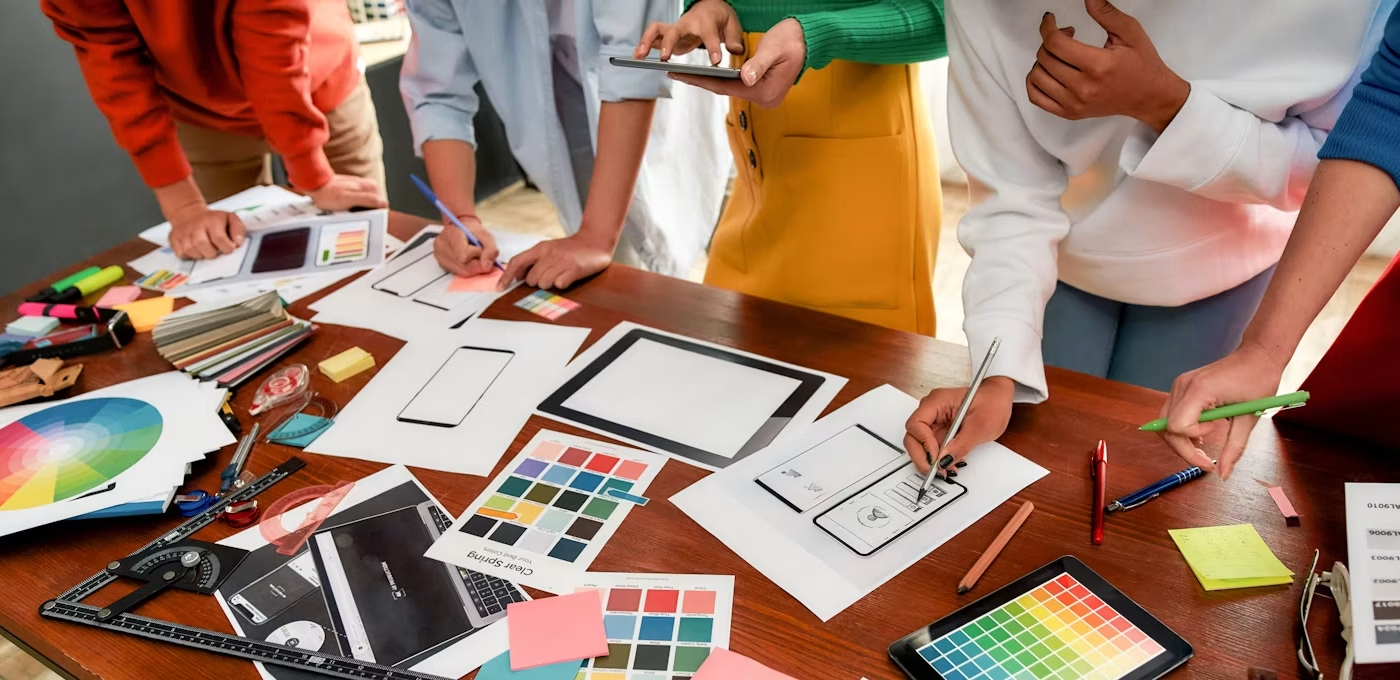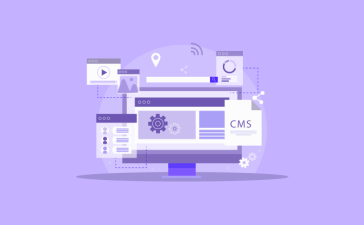Web design has come a long way since the early days of static pages and clunky layouts. Today, a website is far more than a digital brochure—it’s a critical touchpoint for businesses, brands, and creators to engage their audiences. With millions of websites competing for attention, modern web design must go beyond aesthetics, focusing on usability, speed, accessibility, and seamless interaction.
In 2025, the best websites are no longer just visually appealing; they deliver intuitive, user-centered experiences that reflect a brand’s identity while adapting to the fast-changing digital landscape.
The Importance of User Experience (UX)
In modern web design, user experience (UX) is the cornerstone. A beautiful website is meaningless if it frustrates visitors or drives them away. Research shows that users form an impression of a website within seconds, and nearly 90% will leave if it loads slowly or feels difficult to navigate.
UX design focuses on ensuring websites are fast, clear, and easy to use. This includes logical navigation, consistent branding, mobile responsiveness, and accessible layouts for users of all abilities. Tools like heat maps, user testing, and analytics help designers understand how people interact with a site, making it possible to optimize every click and scroll.
Ultimately, a strong UX turns visitors into customers by delivering a smooth journey from landing page to checkout or contact form.
Responsive Design: Meeting Users Where They Are
With mobile devices now accounting for more than half of global web traffic, responsive design is no longer optional—it’s a necessity. A responsive website adapts seamlessly to any screen size, whether it’s viewed on a smartphone, tablet, or desktop monitor.

Designers use flexible grids, scalable images, and CSS media queries to ensure layouts remain functional and visually consistent across devices. Beyond user satisfaction, search engines like Google prioritize mobile-friendly websites in rankings, making responsive design essential for visibility and traffic growth.
Minimalism and Visual Simplicity
One of the dominant trends in modern web design is minimalism. Clean layouts, generous white space, and simple typography not only look elegant but also improve usability by reducing distractions. Minimalist design emphasizes functionality, helping users focus on key content and calls-to-action.
This approach also speeds up load times—a critical factor for both SEO and user retention. However, minimalism doesn’t mean blandness. Creative use of bold typography, subtle animations, and high-quality visuals can make a minimalist site feel engaging and memorable.
The Rise of Interactive and Immersive Elements
While simplicity is key, interactive elements are playing a growing role in keeping users engaged. Features like animated transitions, scrolling effects, and micro-interactions (such as hover effects and clickable icons) create a dynamic experience that encourages exploration.
For industries like e-commerce, real estate, and education, immersive tools like 3D product views, augmented reality (AR) previews, and virtual tours are becoming increasingly common. These features enhance engagement, build trust, and help users make confident decisions before committing to a purchase or service.
Accessibility as a Standard, Not an Option
Accessibility is no longer a “nice-to-have” in web design—it’s a legal and ethical requirement. Websites must be inclusive, ensuring people with disabilities can access content without barriers. This includes features like:
-
Alt text for images.
-
Keyboard-friendly navigation.
-
Screen reader compatibility.
-
Sufficient color contrast for readability.
Accessible design not only expands a website’s audience but also improves SEO and demonstrates a brand’s commitment to inclusivity. Businesses that prioritize accessibility avoid potential legal risks while creating a better experience for everyone.
Speed and Performance Optimization
In a world of instant gratification, website speed can make or break user engagement. Studies show that even a one-second delay in page load time can reduce conversions by up to 7%. Web designers must prioritize performance by:
-
Compressing images and videos.
-
Using lightweight code and frameworks.
-
Leveraging caching and content delivery networks (CDNs).
-
Reducing unnecessary plugins or scripts.
Fast, smooth-loading websites not only improve user satisfaction but also rank higher on search engines, making speed optimization a crucial factor for success.
Personalization and Data-Driven Design
Modern web design is becoming more personalized, using data and AI-driven tools to deliver tailored experiences. Personalized recommendations, dynamic content, and location-based offers help keep visitors engaged by making the website feel relevant to their needs.
For example, e-commerce sites can showcase products based on past browsing behavior, while news websites can prioritize topics users care about most. This approach not only boosts user satisfaction but also drives conversions and brand loyalty.
Dark Mode and Theming Options
Dark mode has emerged as more than just a trend—it’s a preferred viewing option for many users. Offering a dark theme can reduce eye strain, save battery life on OLED screens, and give websites a sleek, modern look.
Many sites now include toggle features that let users choose between light and dark modes, demonstrating a user-first approach to design. Customization options like these enhance user control and satisfaction.
The Role of AI in Web Design
Artificial intelligence is changing how websites are created and maintained. AI-powered builders like Wix ADI and Bookmark use machine learning to generate professional layouts based on user preferences. Meanwhile, chatbots powered by natural language processing (NLP) provide instant customer support, answering questions and guiding users 24/7.

AI tools also help designers test variations of pages (A/B testing), analyze performance metrics, and recommend optimizations to boost engagement and conversions.
The Future of Web Design: What’s Next?
As technology evolves, web design will continue to move toward hyper-personalization, immersive experiences, and seamless integration with emerging technologies like AR, VR, and voice interfaces. Websites will increasingly function as interactive ecosystems, blending visual appeal with AI-driven intelligence to anticipate user needs and deliver instant solutions.
For businesses and creators, staying ahead means embracing flexibility, prioritizing the user, and continuously adapting to new tools and trends. Web design is no longer just about building a site—it’s about creating a dynamic, living experience that connects people to brands and ideas in powerful ways.




